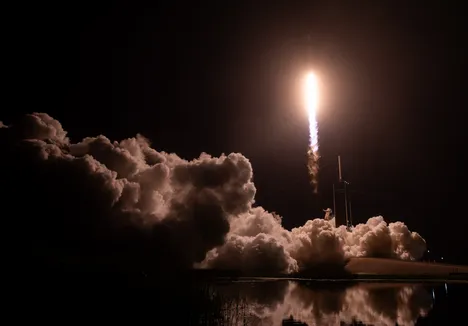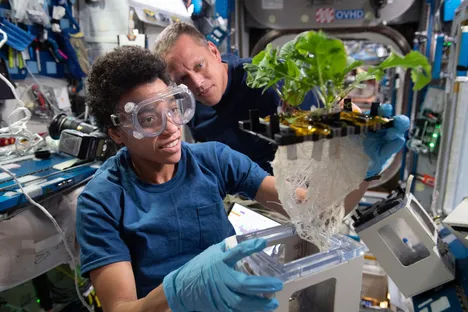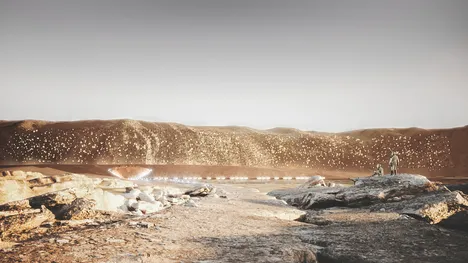
For as long as we have existed, humans have looked up to the sky and wondered. Space travel has made us dream, even long before it became a reality. Those who witnessed live the first satellite, the first man in space and the first steps on the Moon will never forget these milestones in space exploration. Talking about space is exciting in many ways, but adding humans to the equation makes it even more inspiring.
With Yuri Gagarin's historic flight into space in 1961, the first intensive technological developments began to keep humans alive in space. Since then, research in the field of human spaceflight has driven the development of technologies that are not only crucial for space exploration itself but also for our own planet Earth. The establishment of space stations like the International Space Station (ISS) as an international research laboratory in space has allowed many technologies to be developed, tested, and optimized. The increasingly ambitious goals of space agencies and private companies, such as human spaceflight missions to the Moon or Mars, now require even more robust and sustainable systems to ensure the safety and well-being of people in space. As a result, human spaceflight continues to be an endless source of inspiration for creativity and new technologies.
The professorship Human Spaceflight Technology aims to enable cutting-edge research, for example with the development of Life Support Systems (LSS), that could one day allow humans to return to the lunar surface, or to survive on Mars. These technologies can also help us solve problems here on Earth, such as the high CO2 levels in our atmosphere or guide us towards a meaningful and sustainable use of our resources. Space research is therefore not only relevant for distant space missions, but also for “mission Earth”. Beyond LSS, the research in Human Spaceflight will also focus in Human Spaceflight simulation and Human spaceflight training.
Here you will find an overview of the projects at our professorship.

Life Support Systems (LSS)
Life Support System is a unique subsystem required in each Human Spaceflight mission. It ensures that the right conditions are provided for astronauts to survive inside the station/base. Humans require a breathable atmosphere, water, and food. Technologies to recycle and produce those consumables are required. One main study focus is the use of microalgae photobioreactors, which through photosynthesis can provide oxygen and edible biomass.

Human Spaceflight Simulation
All human spaceflight missions start with a mission statement. From that mission objectives can be defined and key decisions on the mission design are taken. Conceptual design studies provide a first design of a human spaceflight mission. Such design is highly interdisciplinary and requires a team effort. For such a study several tools are required to analyze several aspects of the mission and to design the subsystems.

Human Spaceflight Training
Astronaut performance might be influenced by several mission aspects, such as isolation. Training planning and hardware design can help understand and improve it. Virtual Reality is a key element to developed tools to study the effects of various parameters on astronaut performance and to develop optimized training strategies.